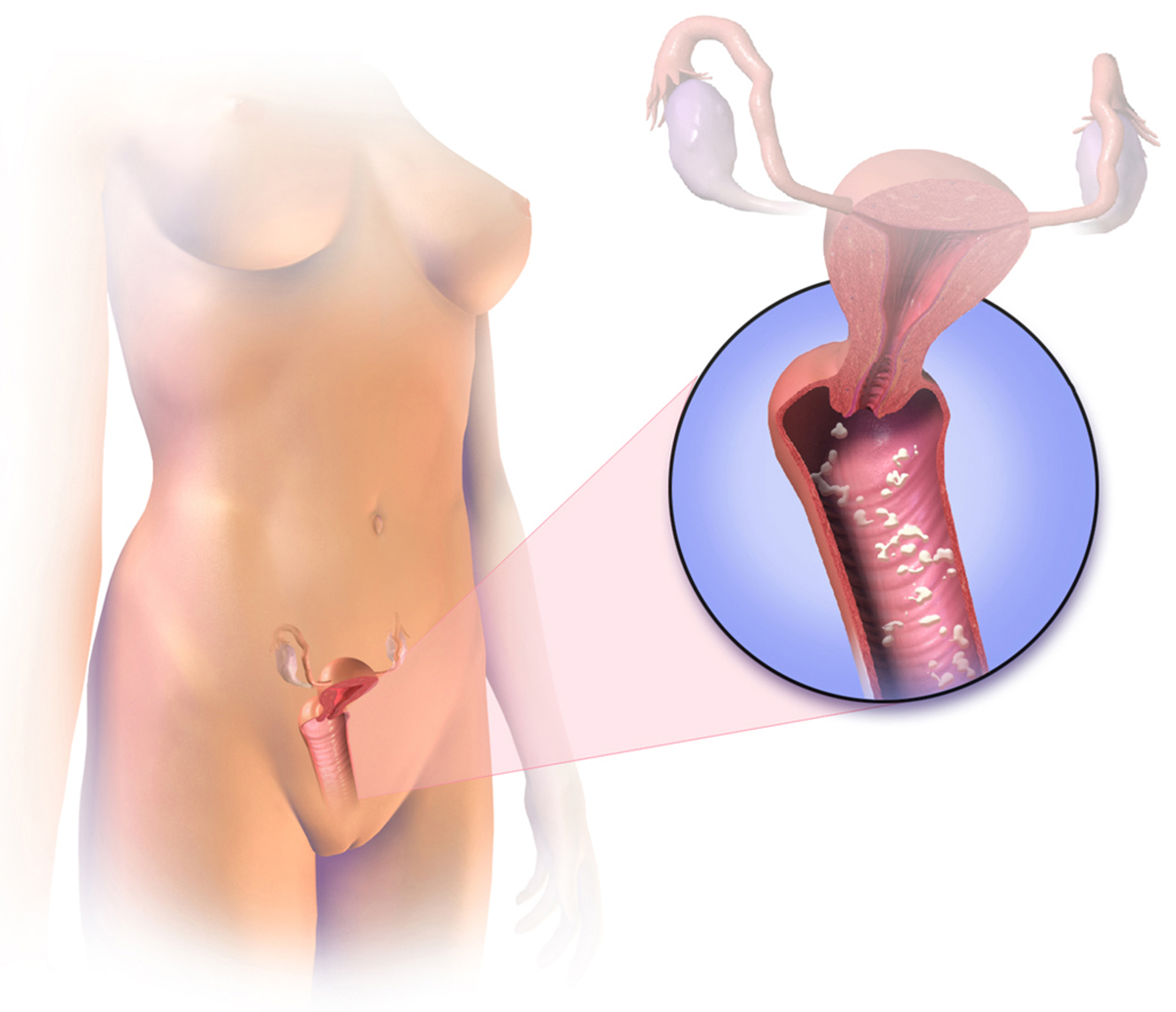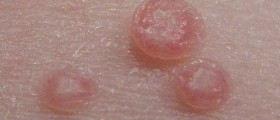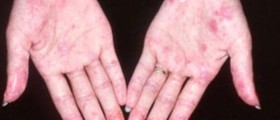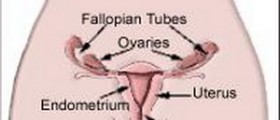A systemic yeast infection occurs when more parts of the body or organs are affected. This condition requires medical attention because it is important to stop the spreading and the progression of the infection before severe complications set in.
Yeast infections are caused by Candida, and in acute form they usually affect oral or genital area. If the fungus spreads to the other parts of the body, it causes a systemic infection that can be very dangerous and even fatal.
There is an urgent need to develop and validate nonculture diagnostic tests for candidemia and other types of invasive candidiasis. Candida species are among the most common causes of nosocomial bloodstream infections and of invasive infections in intensive care units (ICUs). Timely antifungal therapy and source control are crucial determinants of survival in patients with invasive candidiasis.
- Primary candidemia stems most often from gastrointestinal (GI) tract translocation of commensal Candida or contamination/colonization of an intravenous catheter. Approximately 50% of primary candidemia causes secondary deep-seated candidiasis due to hematogenous seeding.
- Deep-seated candidiasis may also result from nonhematogenous introduction of Candida into sterile sites, most commonly the abdominal cavity following GI tract disruption or via an infected peritoneal catheter. Only 5 to 20% of such primary deep-seated candidiasis leads to candidemia (secondary candidemia).
- Therefore, diagnostic tests must identify three entities: (i) candidemia in the absence of deep-seated candidiasis, (ii) candidemia associated with deep-seated candidiasis, and (iii) deep-seated candidiasis in the absence of candidemia.
- Blood cultures are positive in most patients if samples are collected during active candidemia. However, they are positive in only ?40% of patients with candidemia complicated by deep-seated infection, which persists after Candida have been cleared from the bloodstream, and they are negative during deep-seated candidiasis that is not associated with candidemia. Across the spectrum of invasive candidiasis, the sensitivity of blood cultures is ?50%.
- The T2Candida nanodiagnostic panel is FDA cleared for the diagnosis of candidemia. T2Candida detects Candida directly within whole blood, in an automated process that uses K2 EDTA Vacutainer collection tubes and a dedicated instrument platform (T2Dx). T2Dx lyses red blood cells, concentrates Candida cells and cellular debris, lyses cells by mechanical bead beating, and amplifies DNA using a thermostable polymerase and primers for ribosomal DNA intervening transcribed spacer region 2. The amplified product is detected by amplicon-induced agglomeration of supermagnetic particles and T2 magnetic resonance. T2Candida will not amplify freely circulating, non-cell-associated DNA. Results are reported as positive or negative for C. albicans/C. tropicalis, C. glabrata/C. krusei, and C. parapsilosis, groupings that are based on typical antifungal susceptibility patterns. The limit of detection is 1 to 3 CFU/ml.
Types of Yeast Infections
The most common types of yeast infections are genital, skin and gastrointestinal infections. In genital yeast infections, the fungus affects the vulva and the vagina in women and the penis in men, and it can spread to rectal area too.
Gastrointestinal yeast infections affect the gastrointestinal tract, including the mouth, and skin infections affect the skin anywhere on the body, and some of its parts are intertrigo and diaper rash.
All these infections can be acute, chronic or reoccurring. Systemic infections affect people whose immune system is severely weakened so the fungus can easily spread throughout the body. People who are at risk of systemic yeast infections are AIDS patients, cancer patients after radiation therapy or chemotherapy and people who take large doses of certain medications, like steroids.
Manifestations and Symptoms of Systemic Yeast Infection
Systemic yeast infection can affect many different body parts and organs, causing different symptoms and illnesses. Generalized symptoms of systemic yeast infection include weakness, fatigue, migraine, lethargy, dizziness, hypoglycemia, muscle ache, respiratory problems and chemical sensitivity.
Gastrointestinal symptoms may include oral thrush, diarrhea, constipation, itching anus, inflammatory bowel disease, flatulence and food sensitivities.
Genitourinary symptoms include yeast vaginitis, menstrual and premenstrual problems, chronic urinary tract infections, bladder problems, cystitis and PMS.
Dermatological symptoms of systemic yeast infection can include eczema, acne, intertrigo and hives.
Yeast infections can also affect mental and emotional state and manifest as memory loss, confusion, irritability, problems with concentration, insomnia, depression and short attention span.
A systemic yeast infection starts anywhere at the body, and a person suffering from it can have generalized symptoms along with the symptoms characteristic for the part of the body where the infection started or where it spread.
It is highly recommended that a person who notices any of the symptoms mentioned above sees a doctor, because yeast infections can take quite a while to go away. If the fungus reaches the bloodstream it can cause even more damage, as it can travel anywhere in the body, including the brain, and it can cause mental impairment and latent mental disorders.


















Your thoughts on this
Loading...